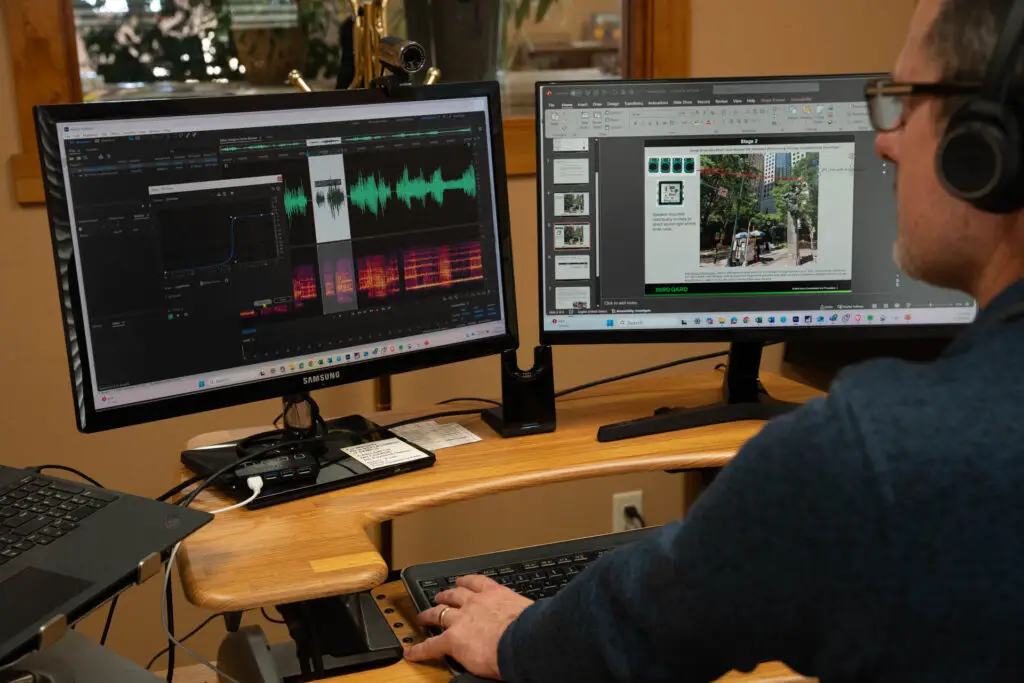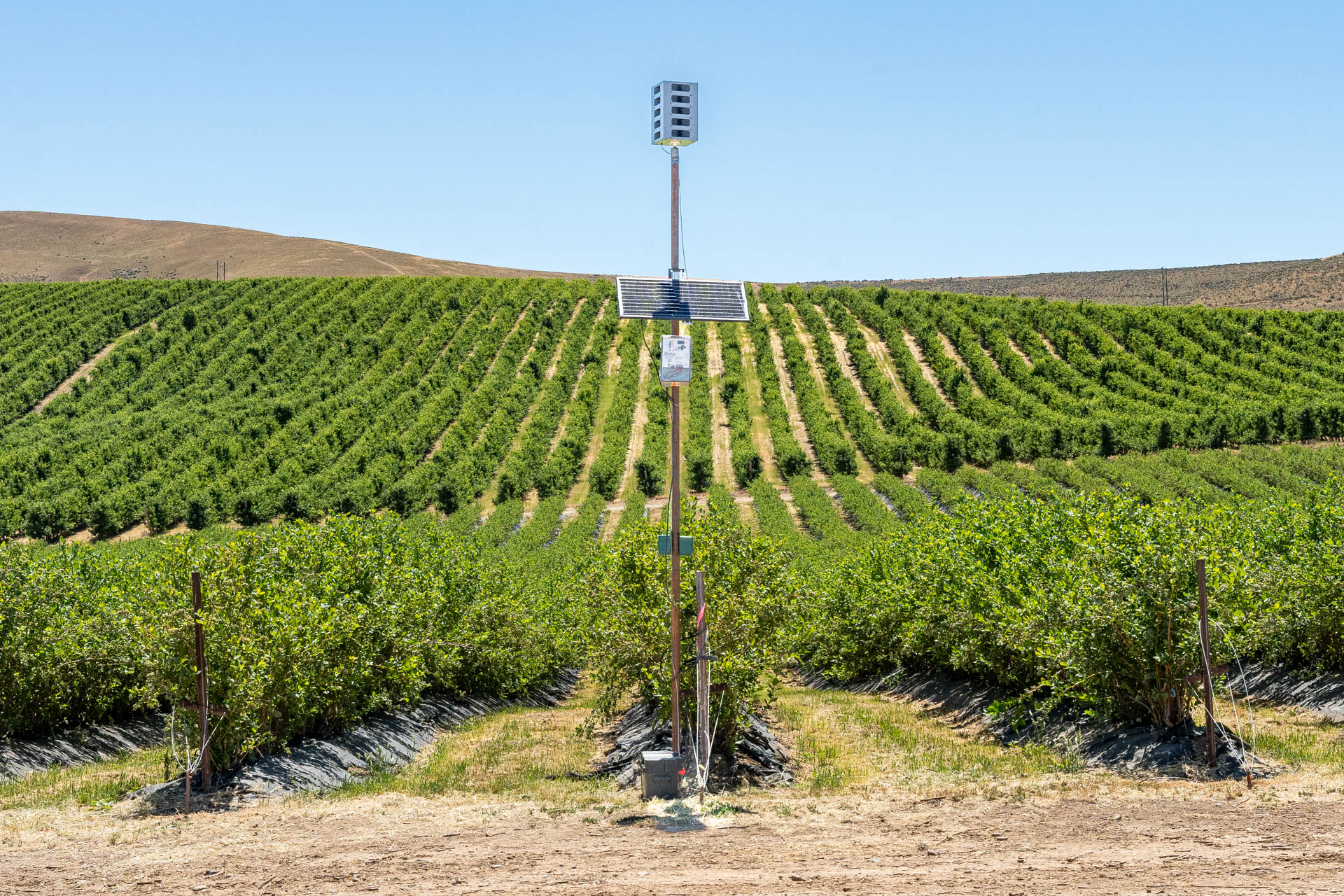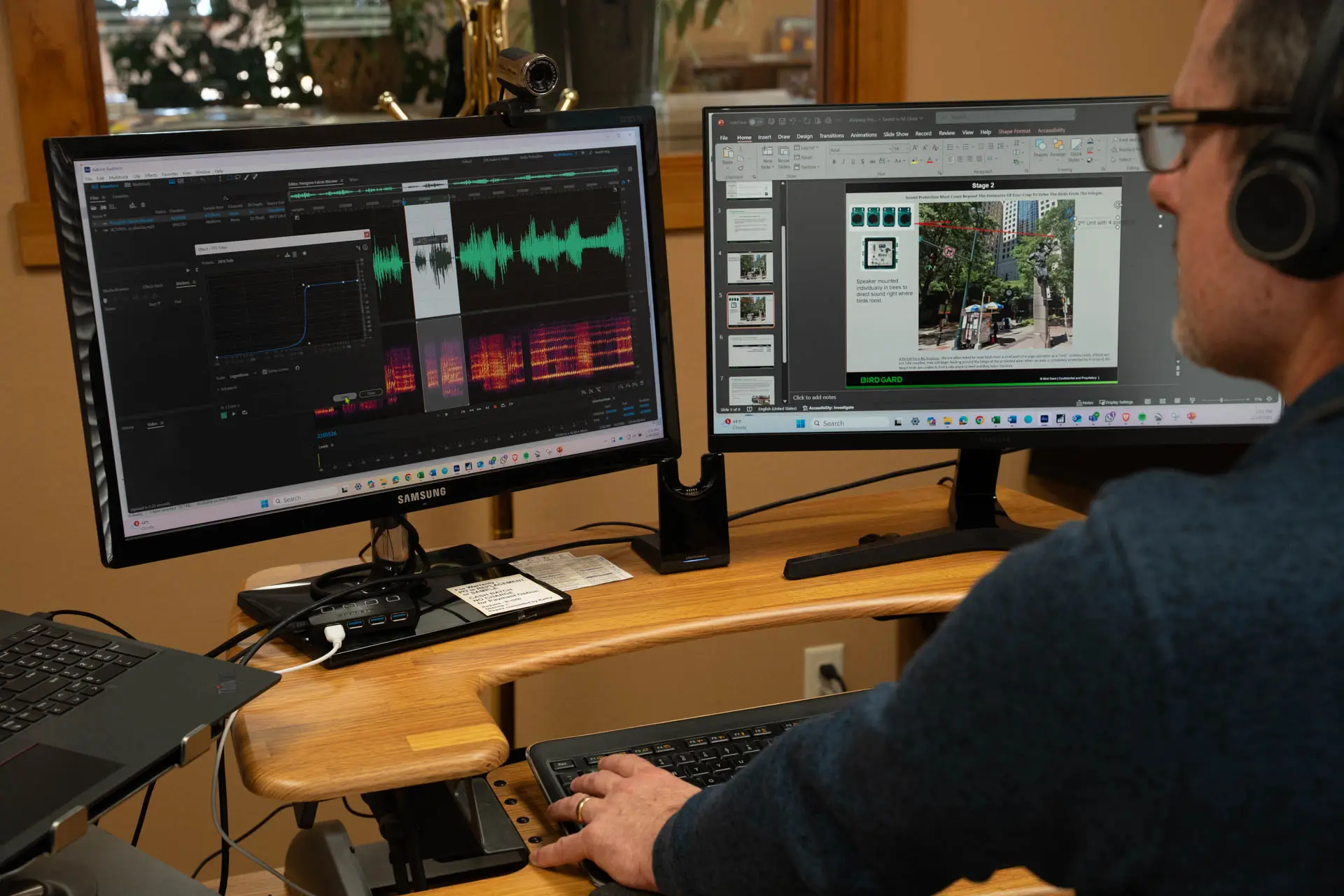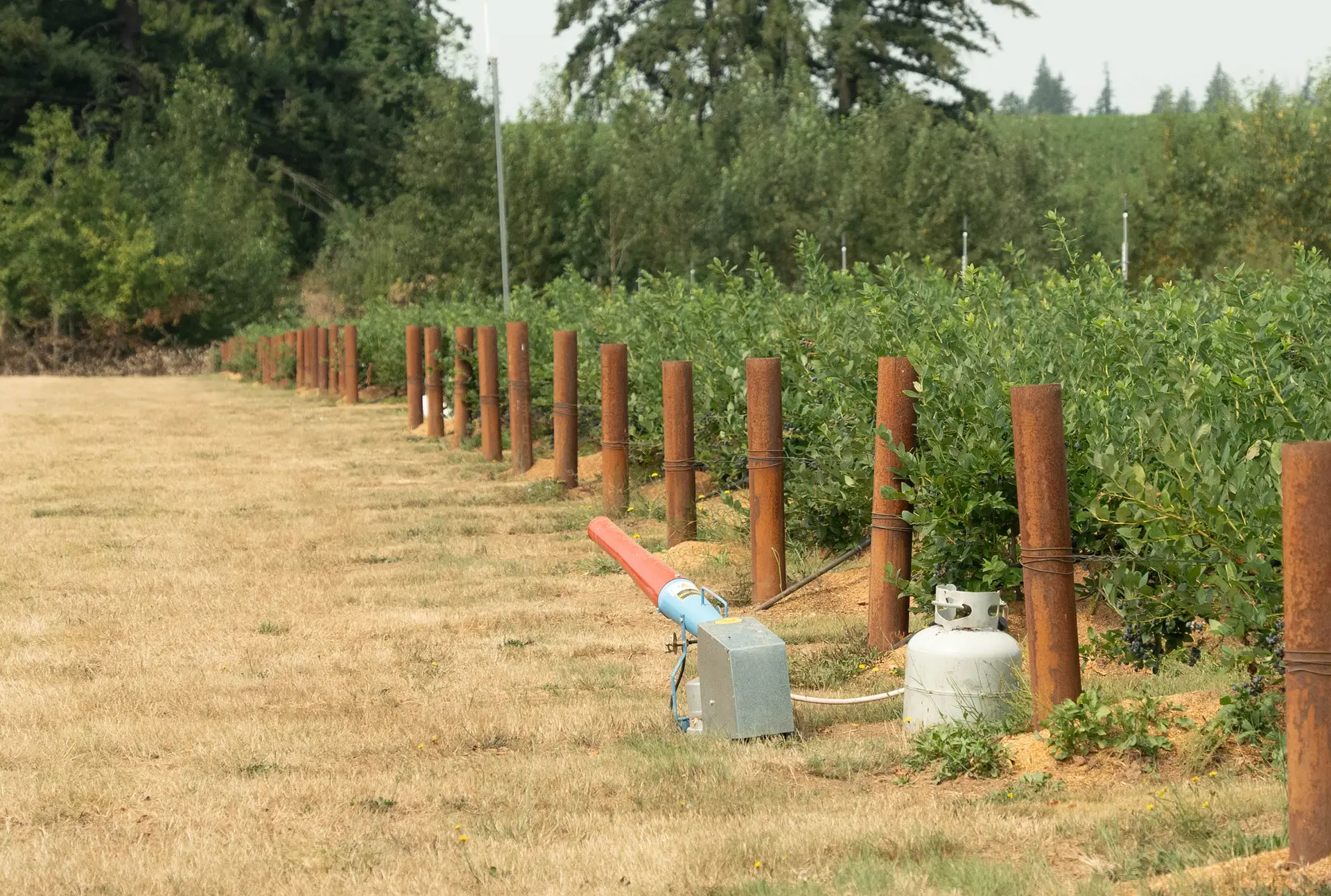Article Summary:
Bioacoustics combines biology and sound to influence bird behavior using species-specific distress calls that mimic real-life threats. By leveraging birds’ acute hearing and social instincts, bioacoustic systems provide a humane, effective, and sustainable way to manage nuisance birds across various environments.
The Science Behind Bioacoustic Technology: How It Works to Deter Birds
Birds are an integral part of our ecosystem, but their presence in certain environments can come at a significant cost. Whether they’re damaging crops, contaminating food supplies, or causing structural damage, managing nuisance birds is a critical challenge for many industries. Effective and humane solutions are needed more than ever.
Enter bioacoustic technology, a groundbreaking approach to bird control that uses sound and animal behavior to deter birds without causing harm. But what exactly is bioacoustics, and why is it so effective?
This post explores the fascinating science behind bioacoustic technology, its key components, and how it’s transforming the way we manage nuisance birds across various environments.
What Is Bioacoustics?
Bioacoustics is the scientific study of how animals—including birds—produce, transmit, and respond to sound. By combining biology and acoustics, researchers uncover insights into animal communication, behavior, and navigation.
When applied to bird control, bioacoustics focuses on using biologically significant sounds like distress calls, alarm calls, and predator sounds. These sounds are played through specialized systems, creating an environment that birds perceive as unsafe, prompting them to leave the area.
This natural, science-backed approach makes bioacoustics an ideal solution for humane, targeted bird deterrence.
The Key Components of Bioacoustic Technology
To understand how bioacoustic technology works in practice, it’s important to break it down into its core components.
1. Species-Specific Sounds
Bioacoustic systems rely on recordings of species-specific sounds that birds naturally understand and respond to. These sounds mimic biologically significant signals, such as:
- Distress Calls: Signals made by birds in danger, alerting others to flee the area.
- Alarm Calls: Warnings of nearby predators or threats that prompt an instinctive escape response.
Flocking birds will deploy a sentry to observe the area where their flock is feeding. Their job is to communicate an alarm call if they view a threat in the area. Bird Gard strives to mimic the language a sentry bird sends out to their flock when a danger is present. Bird Gard’s systems are equipped with over 250 high-fidelity recordings tailored to specific bird species, ensuring the calls trigger a genuine fear response while minimize the impact on non-targeted species (like pollinators, birds of prey, etc.).
2. Randomized Playback Patterns
Birds are intelligent and adaptable creatures, capable of recognizing patterns. To counter this, Bird Gard’s bioacoustic systems use randomized playback intervals that vary in timing, sequence, and pitch. This keeps nuisance birds on edge and minimizes the risk of habituation.
3. High-Fidelity Recordings
The quality of sound is critical. Bioacoustic systems use high-definition recordings that replicate real bird calls as accurately as possible. This ensures that birds perceive the sounds as actual warnings and respond instinctively rather than ignoring them.
4. Predator Sounds
To heighten the sense of danger, bioacoustic systems often incorporate predator sounds. For example, hawks or falcons are natural threats to many bird species. Hearing these sounds activates survival instincts, encouraging nuisance birds to relocate.
The Science of Bird Behavior
Bioacoustics is rooted in an understanding of avian biology and behavior. Here’s why it works so effectively:
- Keen Hearing: Birds rely heavily on their acute hearing to detect predators and threats. Distress and predator calls signal immediate danger, prompting an instinctive flight response.
- Social Dynamics: Many bird species are highly social. When one bird detects a threat and escapes, others often follow its lead.
- Learned Behavior: Over time, birds associate specific areas with danger if they consistently hear distress or predator sounds there, leading to long-term avoidance.
Why Bioacoustics Stands Out Among Bird Deterrent Methods
Unlike traditional bird control methods, bioacoustics offers several clear advantages:
1. Humane and Non-Lethal
Bioacoustic technology deters birds without harming them. It encourages birds to relocate safely, making it an ideal solution for those seeking ethical pest control methods.
2. Environmentally Friendly
Unlike chemical deterrents or physical barriers that may harm other wildlife or ecosystems, bioacoustics is a clean, sustainable solution.
3. Lasting Effectiveness
Randomized playback patterns ensure that birds don’t adapt to the sounds, maintaining the system’s effectiveness over time.
4. Targeted Impact
By using species-specific calls, bioacoustics target nuisance bird populations while minimizing the impact on non-targeted species (like pollinators, birds of prey, etc.).
Real-Life Applications of Bioacoustic Technology
Bioacoustic systems have been successfully implemented across a variety of industries:
- Agriculture: Protect crops such as grapes, cherries, sunflowers, and blueberries from pest birds like starlings or crows.
- Airports: Reduce the risk of bird strikes near runways by playing distress calls and predator sounds.
- Industrial Sites: Prevent roosting or nesting on buildings, equipment, or other structures without the need for harmful chemicals or unsightly barriers.
For decades, Bird Gard has been a pioneer in the development and implementation of bioacoustic systems. With years of experience and proven results, they’ve become a trusted partner in bird control for industries worldwide.
Bird Gard’s key advantages include:
- Comprehensive Sound Library: Over 250 (and growing) species-specific distress and alarm calls ensure tailored deterrence solutions.
- Durable Systems: Weather-resistant, long-lasting devices designed for outdoor use.
- Sustainable Energy Options: Solar-powered systems that are ideal for remote or off-grid locations.
- Proven Effectiveness: Farmers around the world report measurable reductions in bird activity after using Bird Gard systems.
Transform Bird Control with Advanced Bioacoustic Technology
The science of bioacoustics harnesses the natural instincts of birds to provide a humane, effective, and environmentally friendly solution for managing nuisance bird populations. By leveraging high-fidelity, species-specific distress and predator calls, systems like Bird Gard’s reduce the impact from birds to your property.
Whether you’re protecting valuable crops, preventing costly property damage, or improving safety at an airport, bioacoustic technology stands out as a smarter, science-backed alternative to traditional methods.
Take control with Bird Gard’s advanced solutions and discover the future of bird control today.



